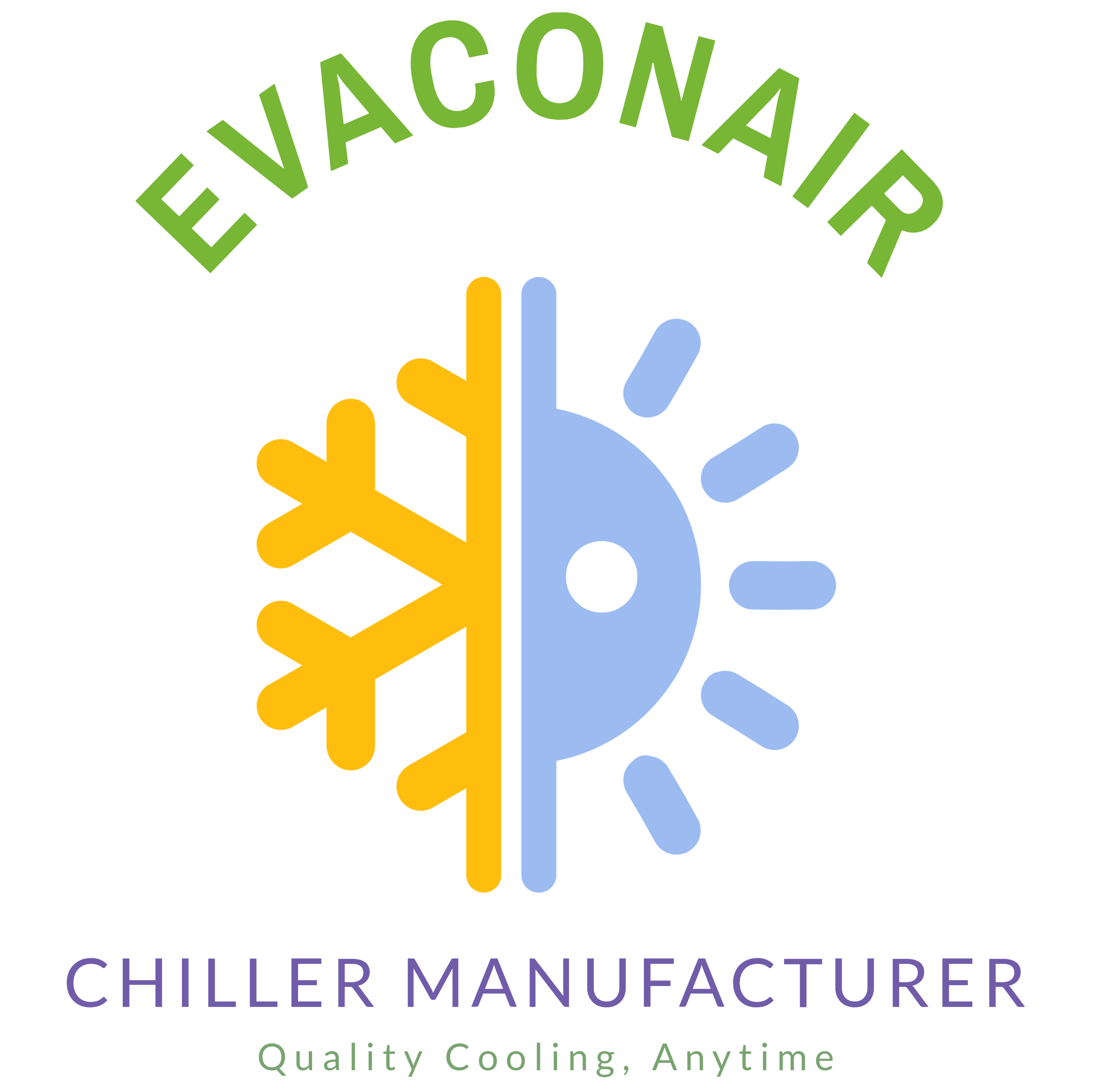Blog
What Is the Temperature of a Chiller?
The temperature of a chiller plays a crucial role in its operation and efficiency. It refers to the temperature at which the chiller operates to remove heat from the process or environment.
Factors Affecting Chiller Temperature
1. Type of Chiller
Different types of chillers have varying temperature ranges based on their design and application. For example:
- Air-cooled chillers typically operate with temperatures ranging from 35°C to 45°C.
- Water-cooled chillers are generally more efficient and may operate effectively within a temperature range of 30°C to 40°C.
Learn more about different chiller types on our products page.
2. Temperature Set Points
The operational temperature for a chiller is set according to the specific requirements of the application. Commonly, chillers are set to cool fluids to temperatures ranging from 5°C to 10°C for various industrial processes.
Find out how temperature settings affect chiller performance on our products page.
3. Ambient Conditions
The ambient temperature where the chiller is installed can impact its operational efficiency. For instance, air-cooled chillers are sensitive to high ambient temperatures, which can affect their cooling capacity and energy consumption.
Explore how ambient conditions influence chiller efficiency on our products page.
Optimal Chiller Temperature
For most applications, an optimal chiller temperature is crucial for maintaining efficiency and performance. Ensuring that your chiller operates within the recommended temperature range helps in achieving better cooling performance and energy efficiency.
To see how different chiller temperatures impact performance, visit our products page.
Conclusion
The temperature of a chiller is a key factor in its operation and efficiency, influenced by the type of chiller, temperature set points, and ambient conditions. For more detailed information and to find a chiller suited to your needs, check out our range on the products page.
